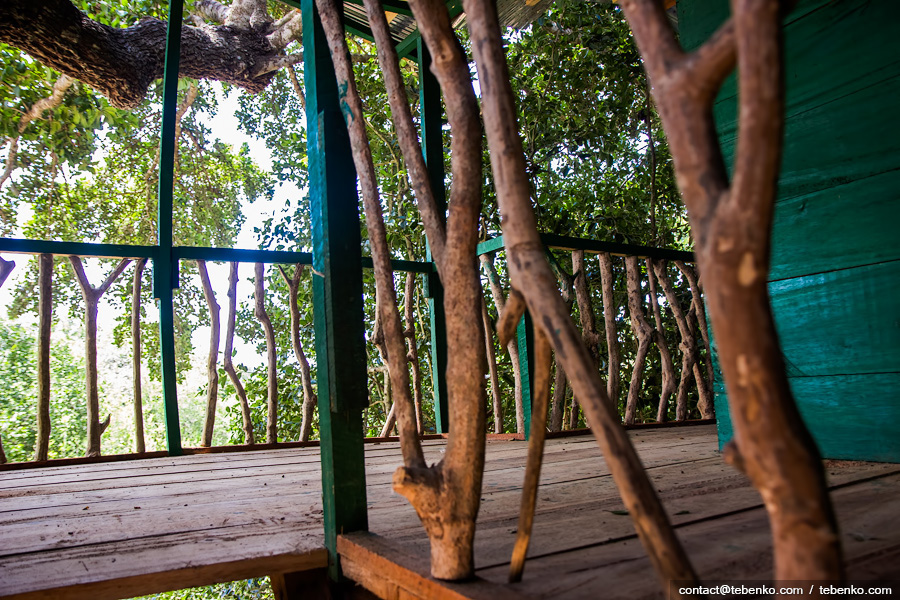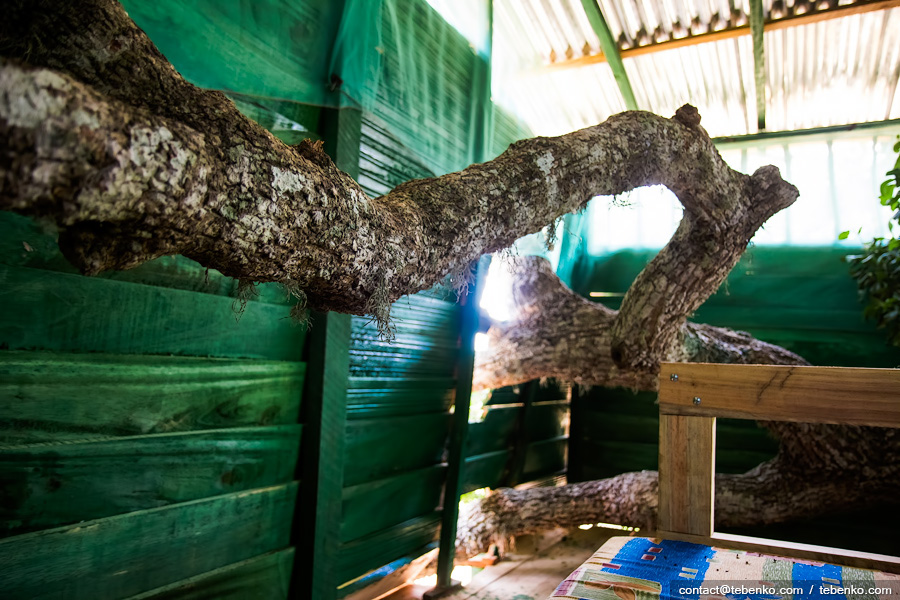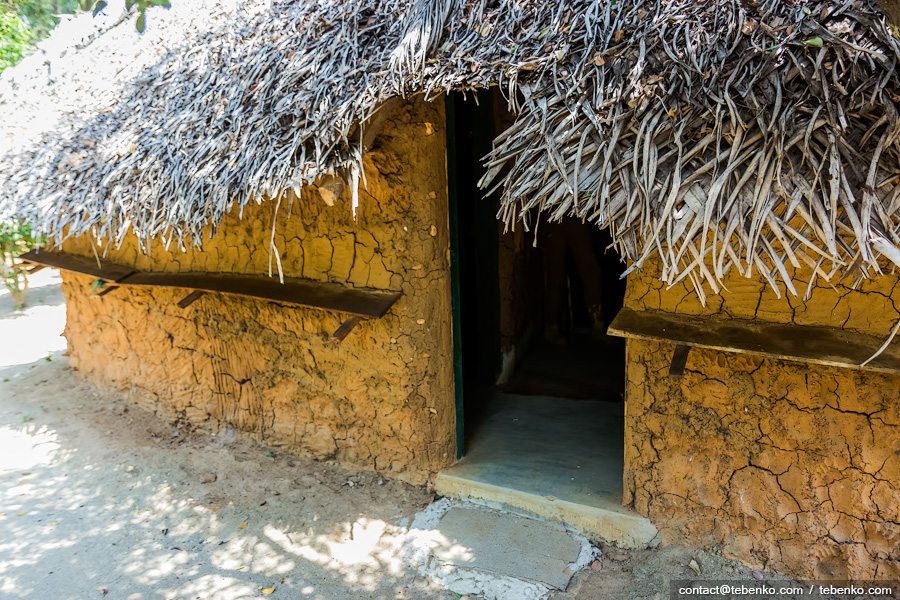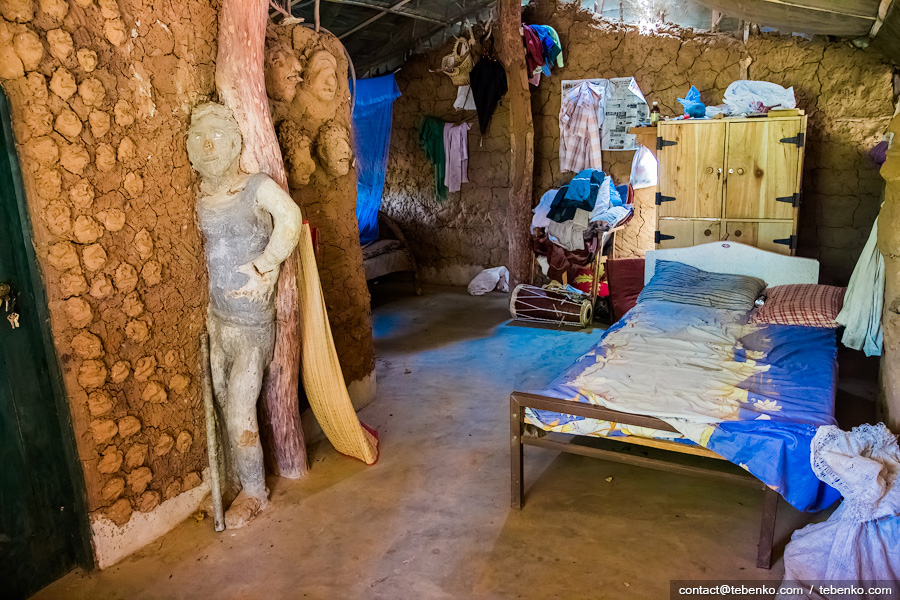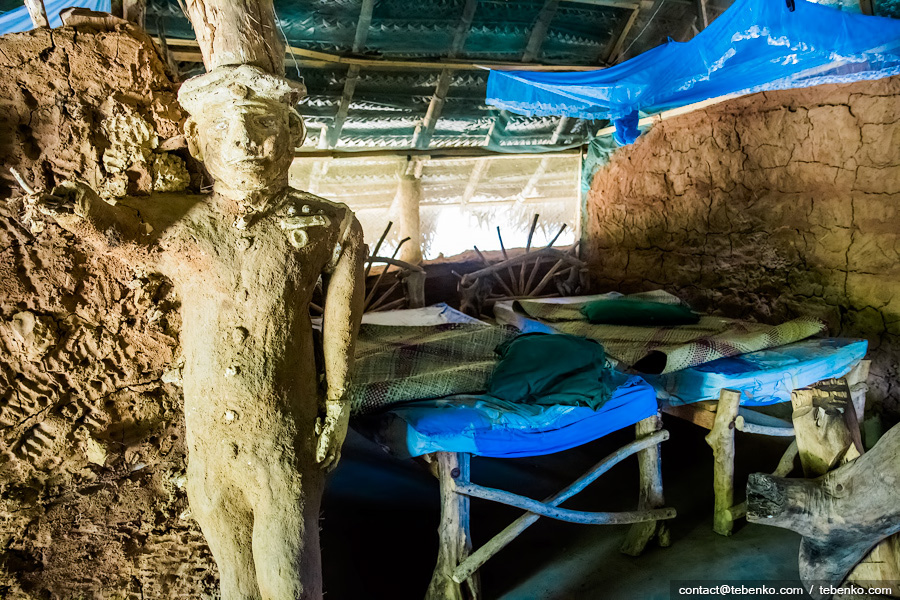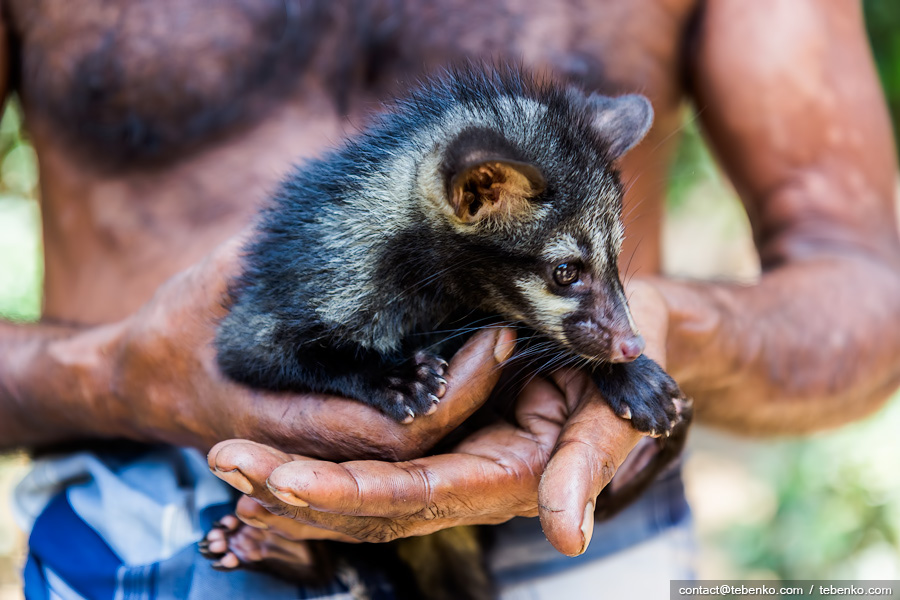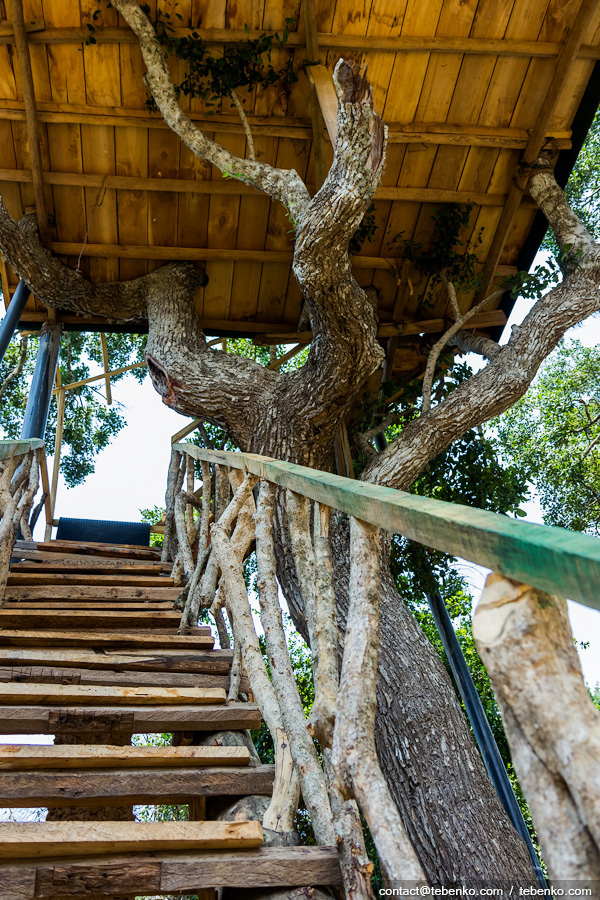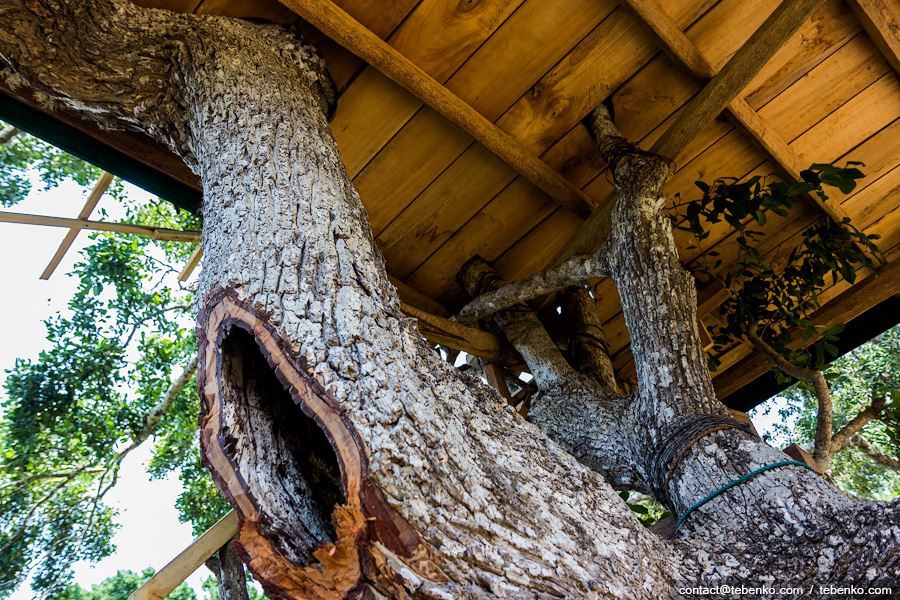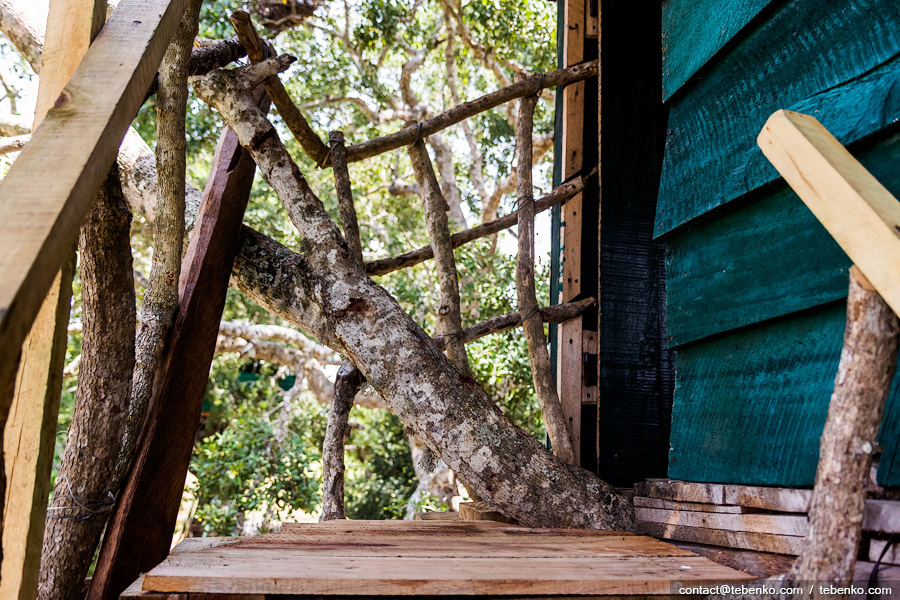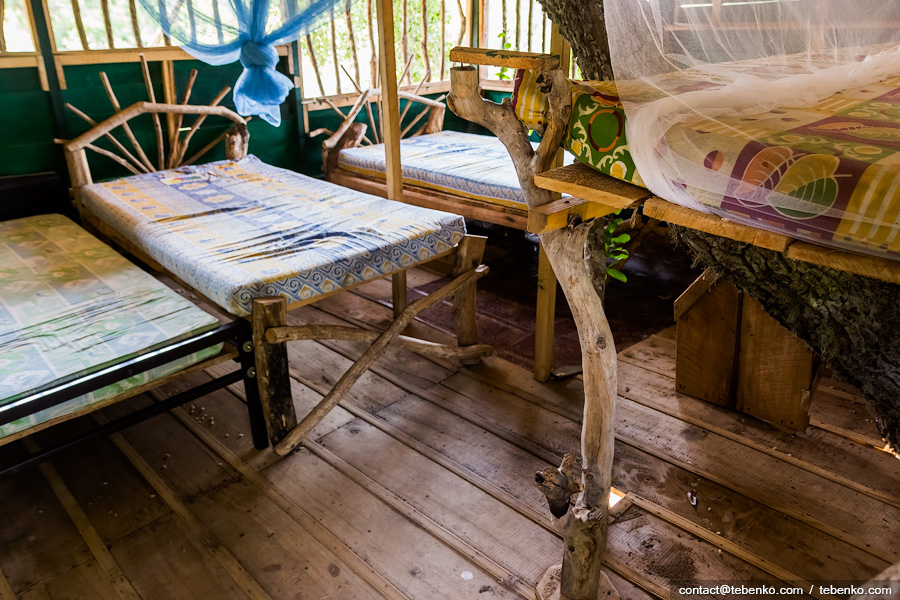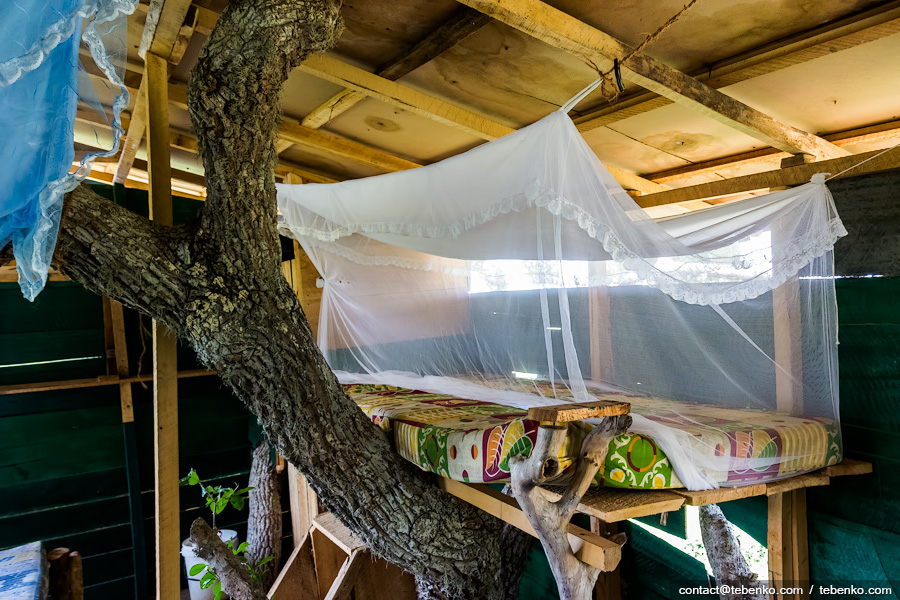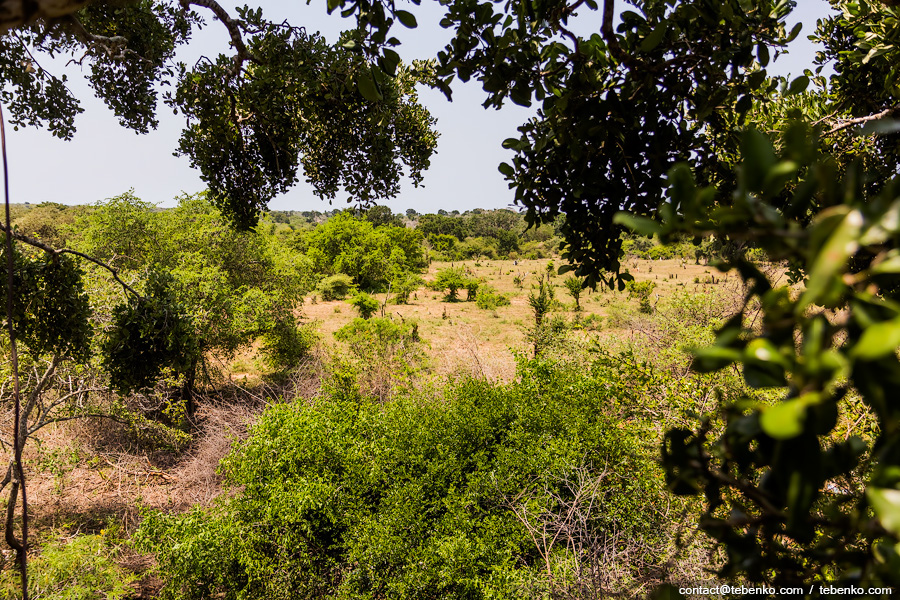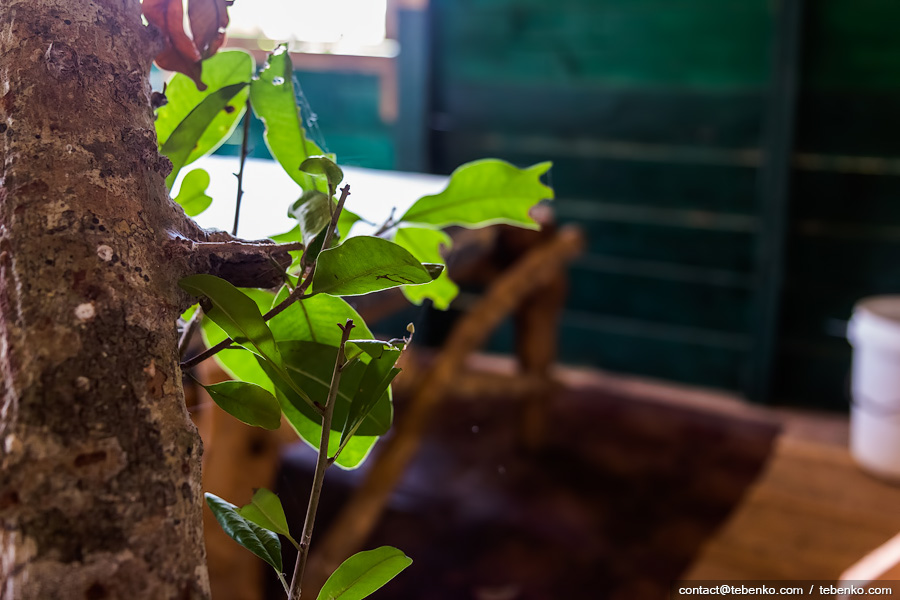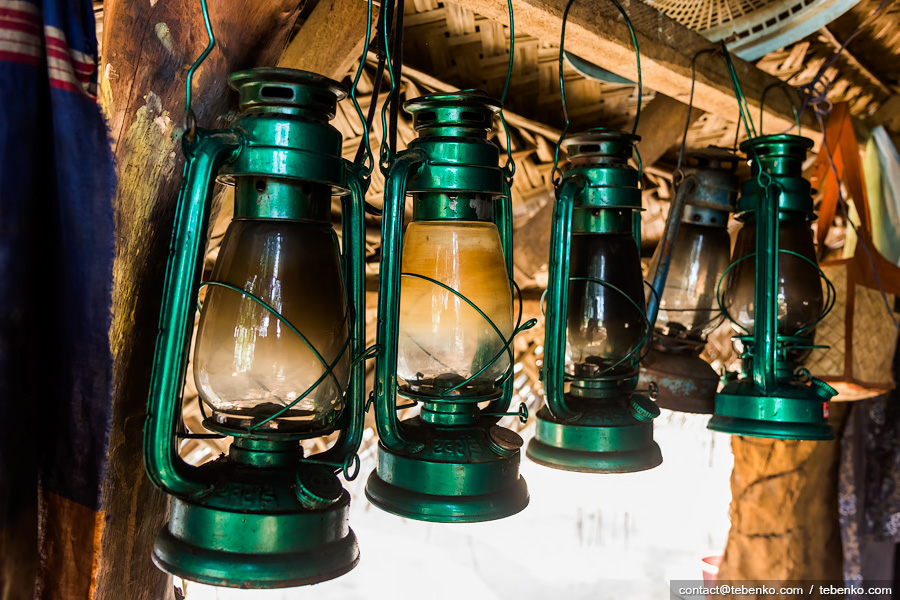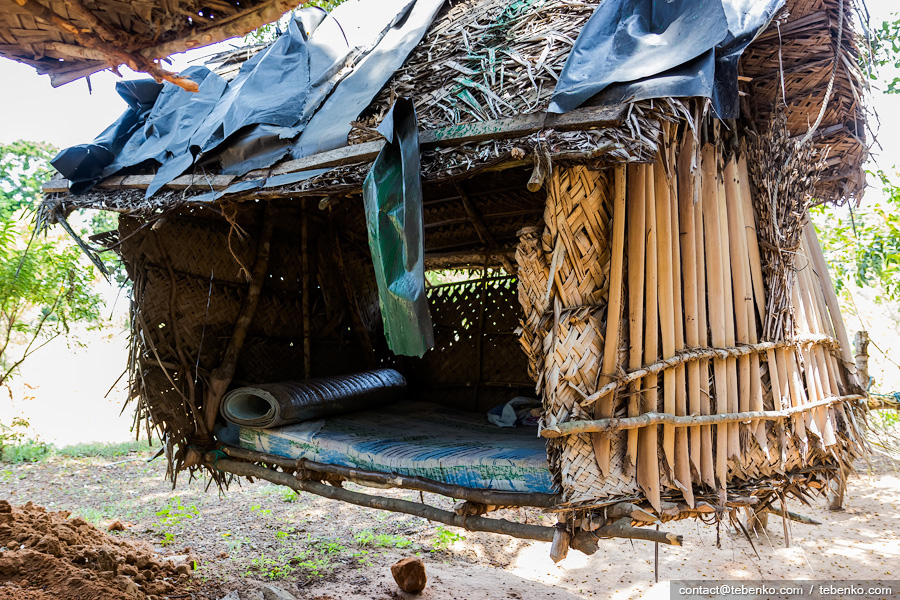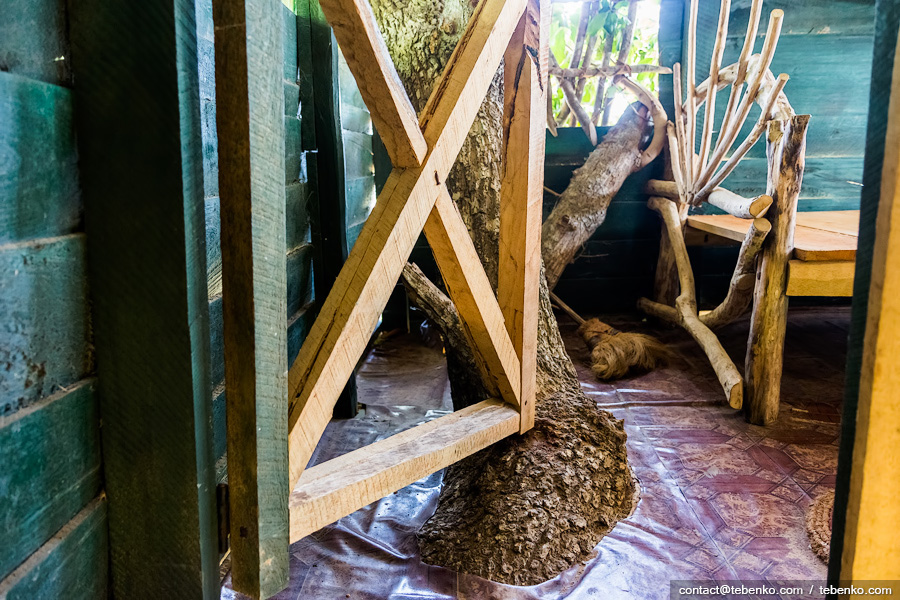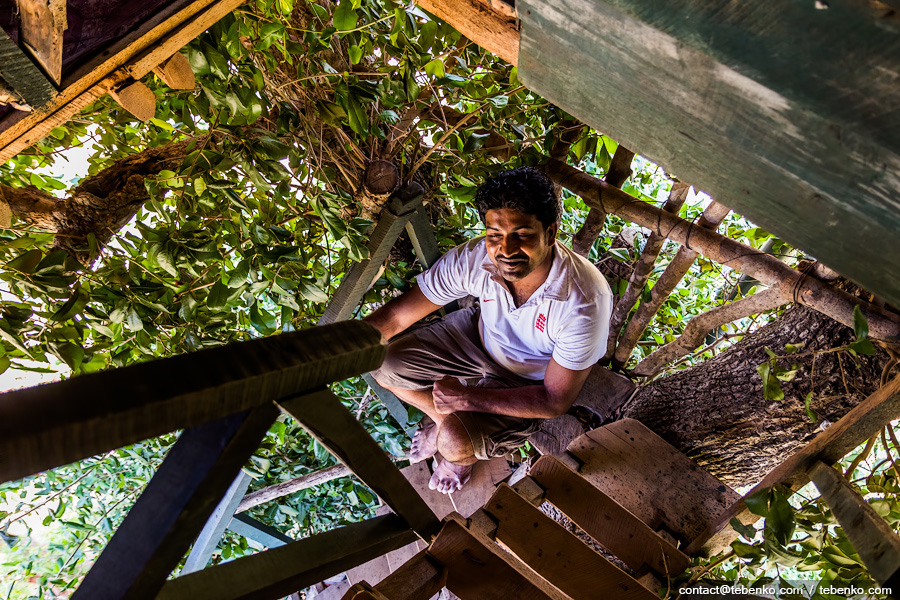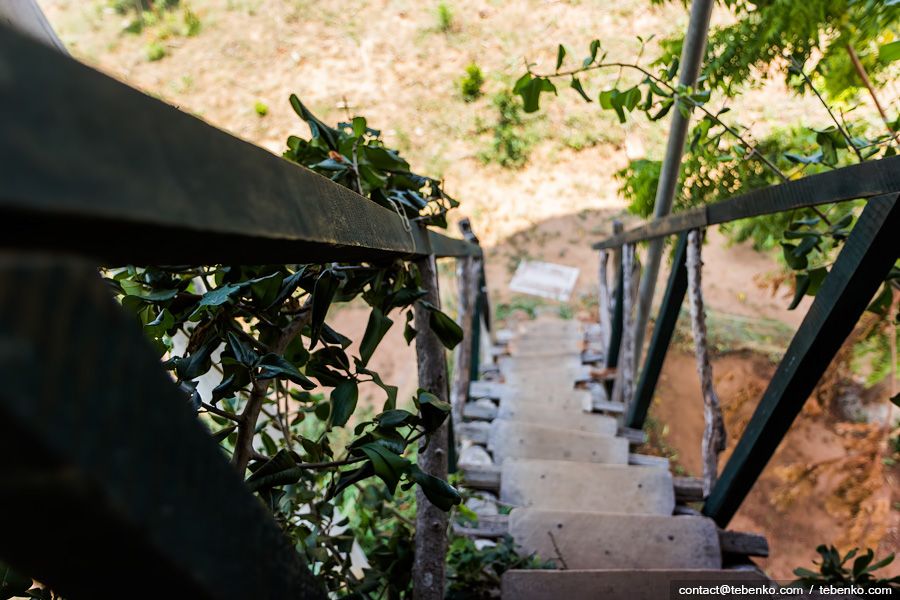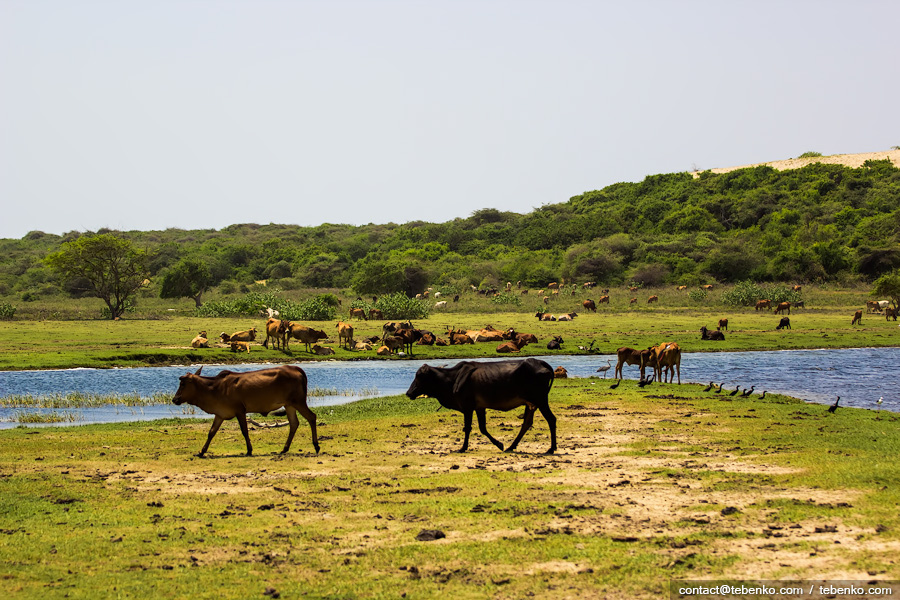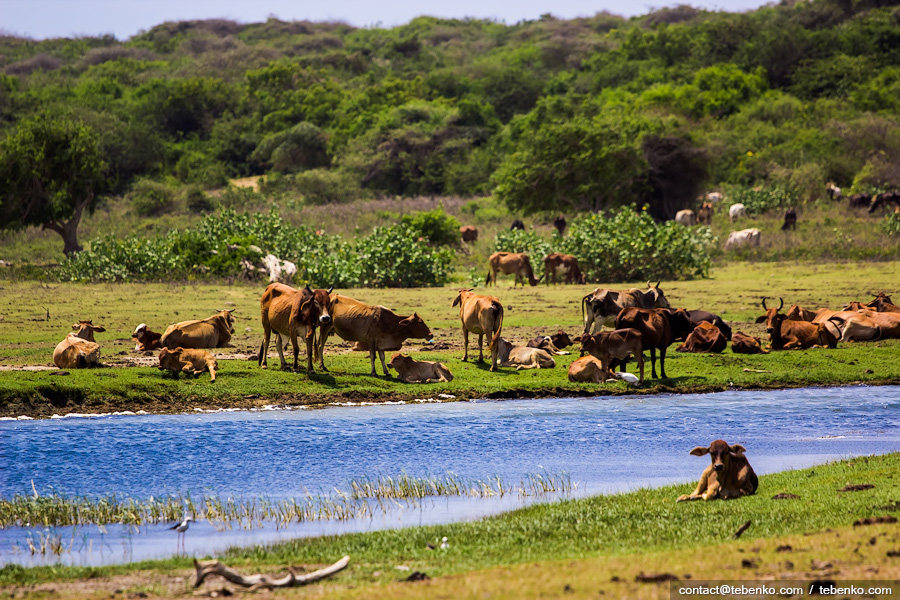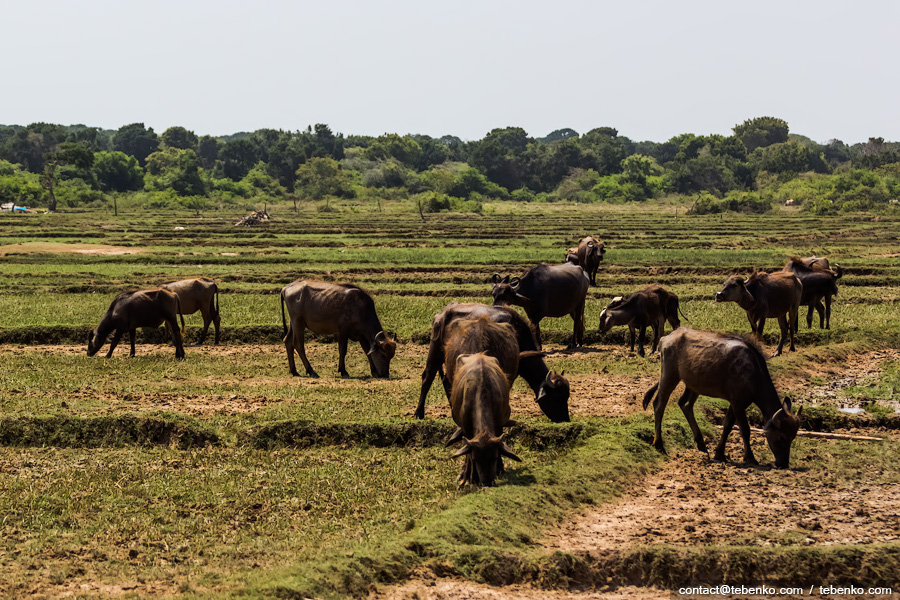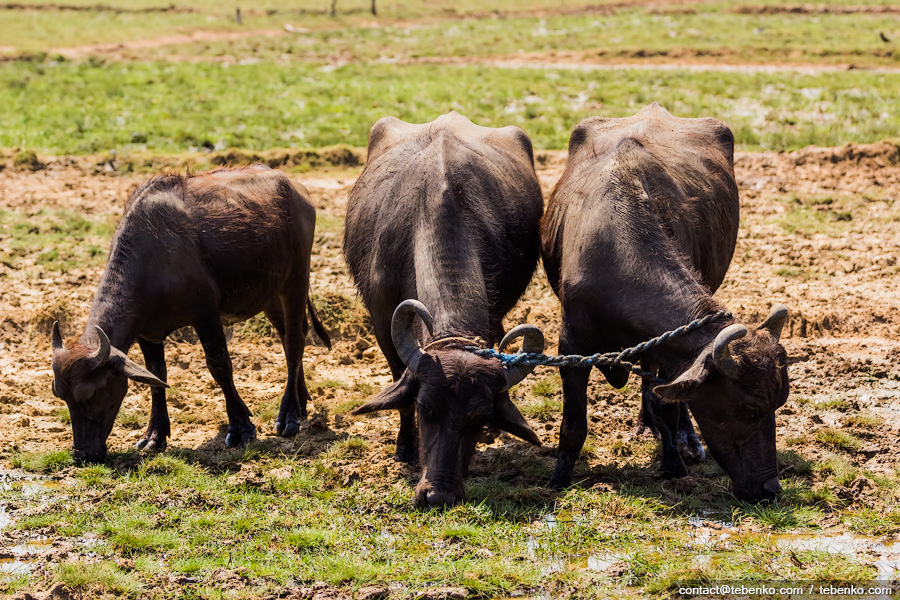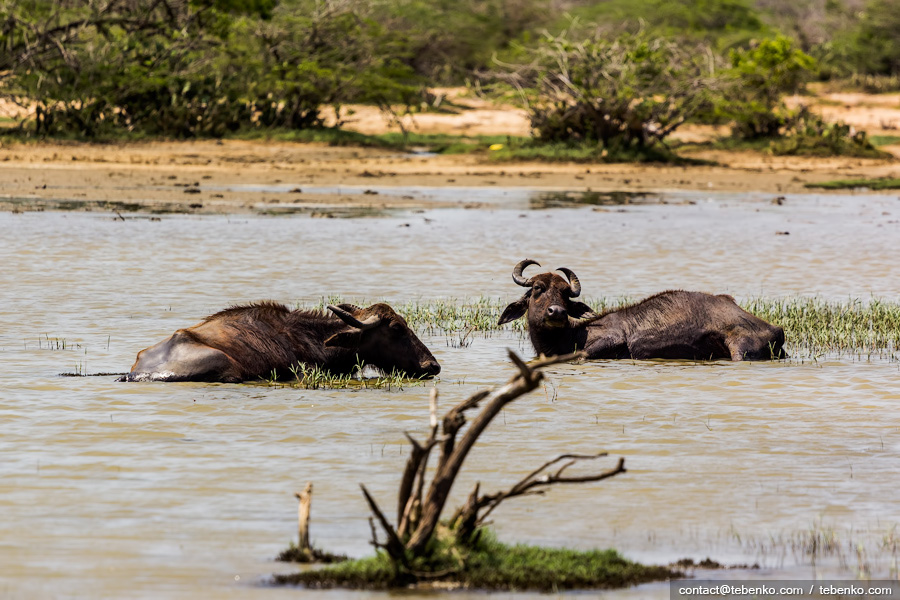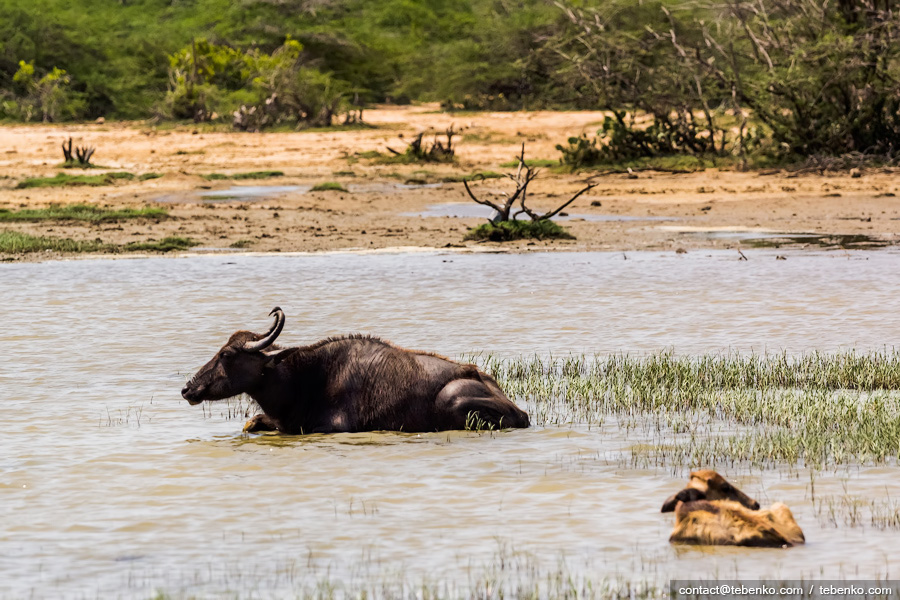Many tourist brochures say that a trip to Sri Lanka will be considered incomplete unless you visit the Yala national park — the most famous center of local nature. The park is located on the southeast coast of the island, about 300 km from Colombo. Yala — the largest (area of almost 1,000 square km) park in Sri Lanka, and on the island of more than 20 pieces. On this site gets a huge number of animals and even in the world has the highest concentration of leopards. But mentally prepare yourself for the fact that all of this you can not feel or if very lucky — is that body parts sirloin see our younger brothers that are rapidly removed from your jeep. The fact that the tourists only open the seventh part of the park. To all the animals here do not work for wages, and therefore they have a particular desire to defile all day in front of the columns of technology. After listening to the story of our friends on the tail of the elephant, we decided to approach the issue outside the box — go to the park "neturystychnoho" side, where, incidentally, no entrance fee not required. To enter the "correct" side you will have to pay about $30 per person, plus $40 to pay the rent jeep, because walking on foot park is prohibited. But for tourists, and we're also another way of life.
In the park, many hotels, we enjoyed a hut in the trees.
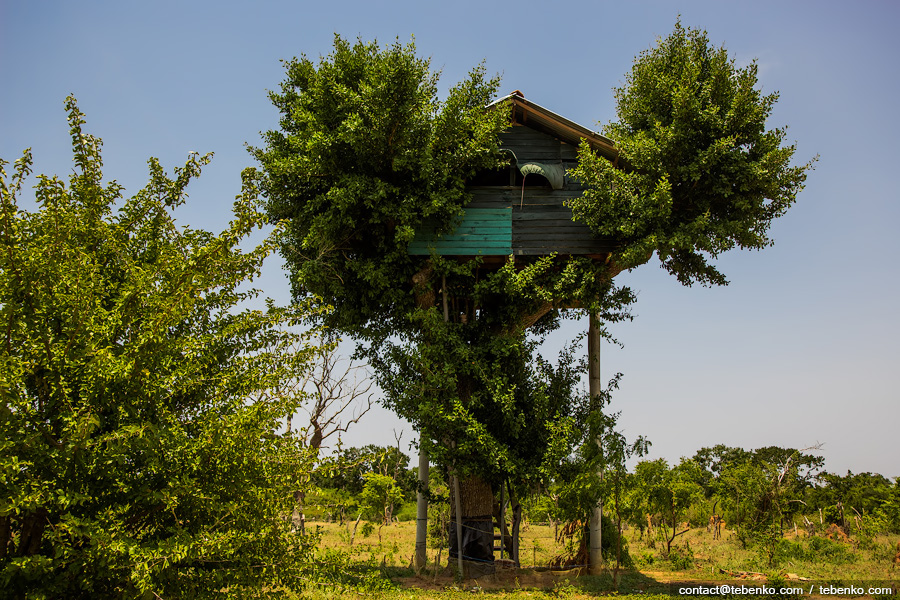 1
1Tourists who want to stay here, not there, so we were able to calmly watch all the proposed options.
From building materials is only wood. Login usually looks like this:
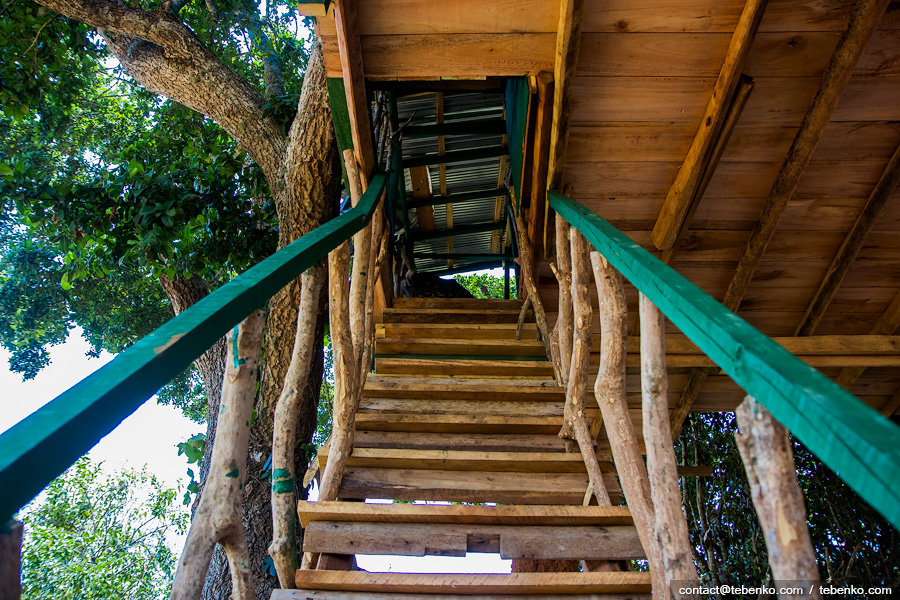 2
2All shared facilities. Actually it's more like not the hotel, and the vrem'yanku where you can take a nap waiting until some animal is not suitable for taking pictures at a comfortable distance — something kind of photography:
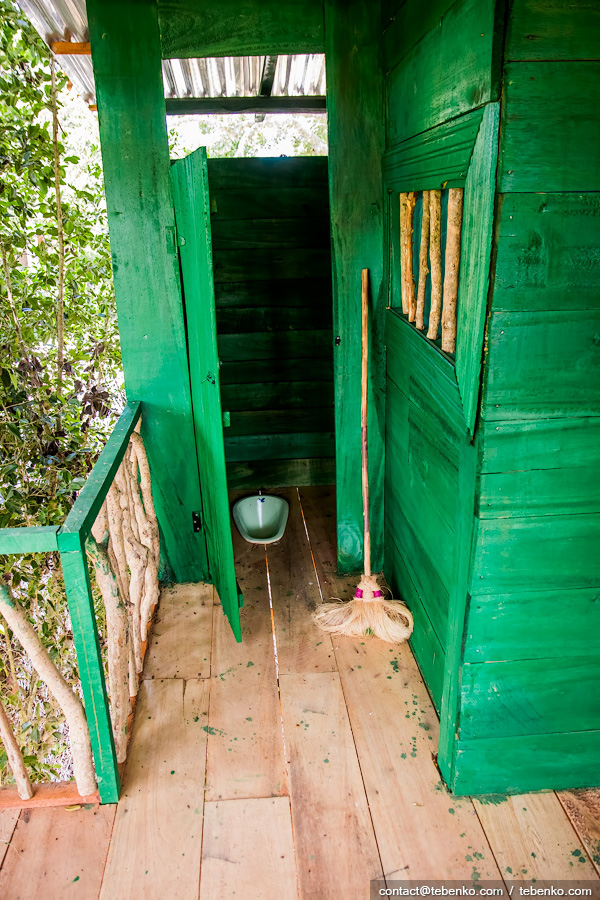 6
6Though the second floor, but security measures, such as play, will not prevent — not zaberutsya bandits, but slipped slender mosquitoes:
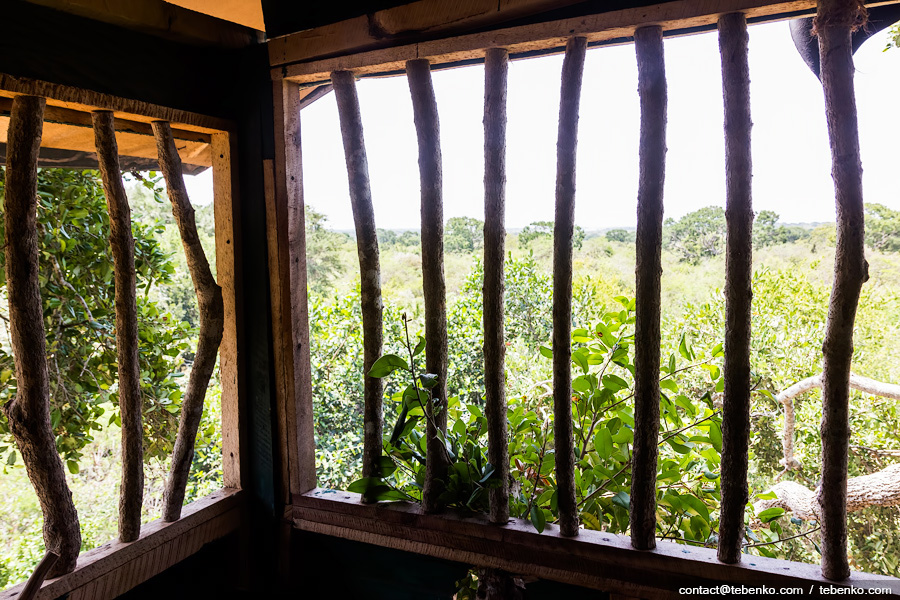 17
17Houses are located at a distance from one another, so too rowdy neighbors will not interfere enjoy nature:
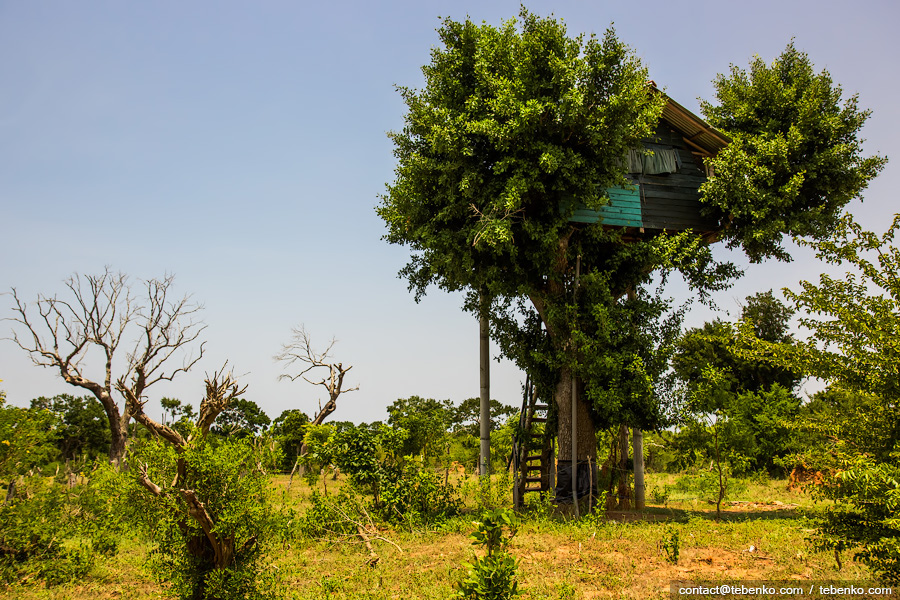 22
22The landscape is not very diverse, but it does not apply to the entire fleet as a whole. The landscape is very diverse — plains, hills and rocks will not get bored during the safari, and closer to the ocean you can even see the sand dunes. Great influence on the landscape of the park made the 2004 tsunami that changed about 60% of the coastal line:
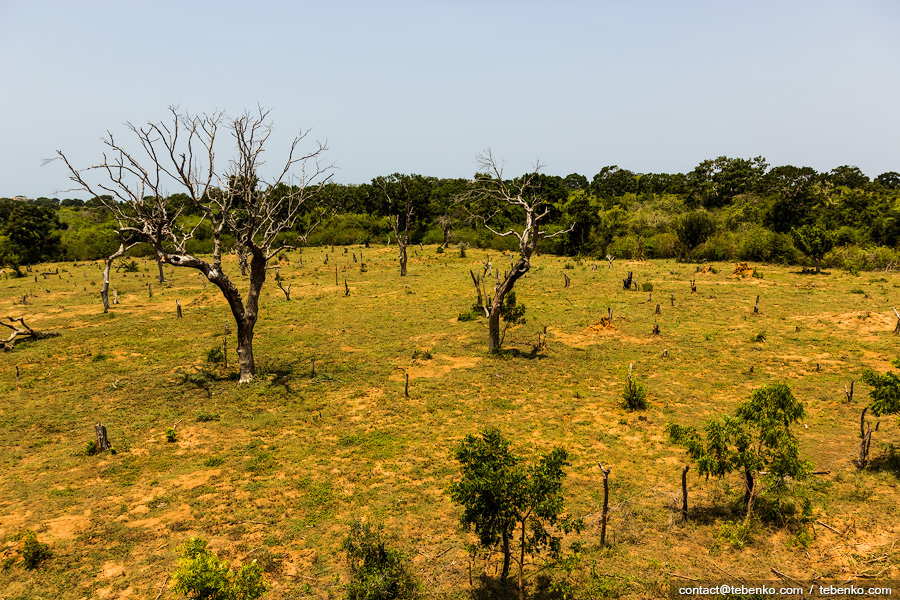 25
25If you stay in this eco-hotel, do not forget that the bars on the windows did not constrain not only mosquitoes but also monkeys, so best to keep valuables with them or surrender custody "administration".
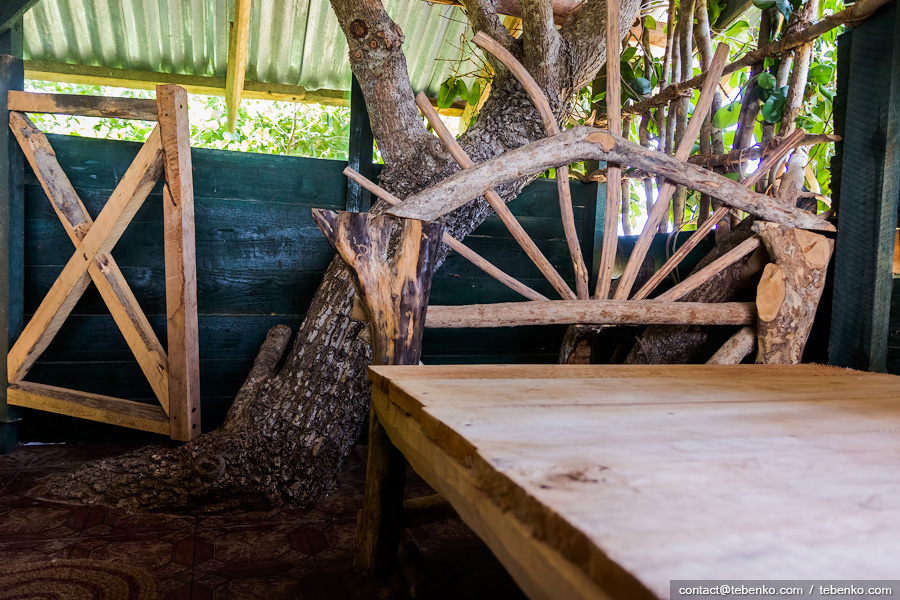 26
26For lovers of recreation tent in the park organized six tourist camps. If you decide to seriously enjoy nature, where you can live a few days.
If you plan to visit the park in advance, it should be noted that from 1 August to 18 October, it is usually closed to visitors.

